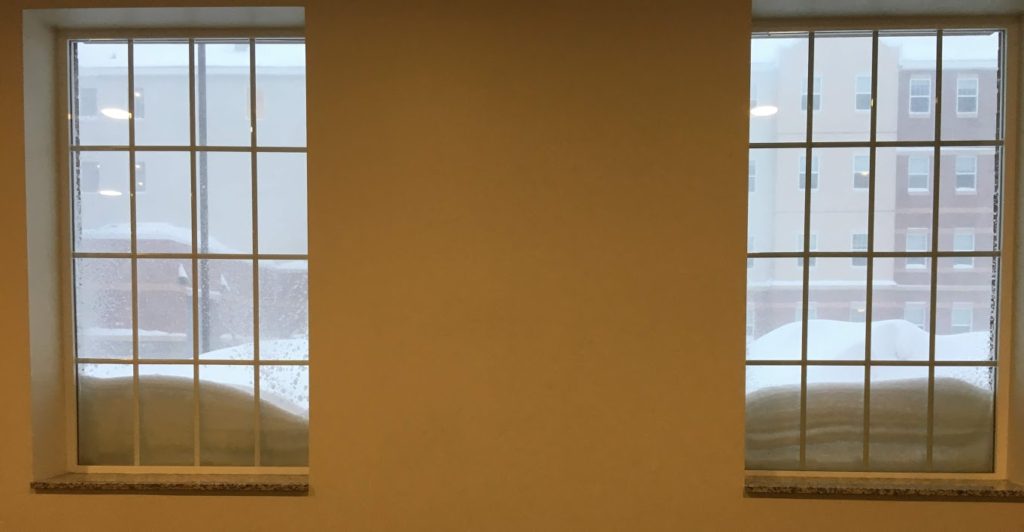The university’s decision to alter the academic calendar for the Winter 2020 semester did not come as a surprise to many students. NMU announced that the new schedule will extend Winter Break to a length of two months, while removing Spring Break entirely. Of course it’s a big change from what we’re used to. However, so is everything right now. In many ways, this decision parallels the changes made to the fall semester, in which Thanksgiving Break was simply combined with Winter Break, and the semester started earlier.
It should be noted, there is very little NMU can do in this situation to allow Spring Break, and the danger of the COVID-19 pandemic is reliant on local cases. Both semester breaks in the fall and spring would have undoubtedly led to an increase in cases due to students traveling out-of-town and it is generally accepted that this is a good way to stop the spread of disease on campus.
However, there are certainly concerns about these changes as well. For example, winter is definitely going to drag. It’s going to be tough going through all those winter months without a break. That stretch at the end of January, February and March will feel very long, dark and cold.
The transition from a longer winter break back to the start of the Winter 2020 semester will be markedly different than usual, and harder on everyone. Transitioning will be tough, especially considering the already fatigued mental state that everyone is in now. This is important to consider when trying to predict how the rest of spring semester will go. Students now know they won’t be getting any breaks throughout the semester, and that may be taxing on some when they consider the workload ahead of them.
Worry has also been expressed for the consequences this stretch will have on mental health in the winter semester. These times are already difficult for most students. Burnout is a serious issue and Spring Break is one of the events that usually helps to alleviate some of the stress that classes can bring.
Perhaps there is something they could have done differently to manage burnout. Even including a few weeks in the winter semester with an extra day of weekend would have been a substantial substitute for spring break. That said, we might remember we live in a polar environment where snow days are likely. There will surely be a solid three-to-five day weekend coming up for the winter semester, during which we can cozy up, all snowed in, and try to get some relief from academic strain.
Another issue to consider is that by adding the break onto the beginning, students may have a potentially riskier drive back onto campus due to worsening weather conditions. Perhaps days could have been added on to Summer Break rather than Winter.
Despite these various concerns, it is generally accepted that the decision to eliminate Spring Break was the right call in a challenging situation. If we did have a spring break, it’s unlikely that all of the students would handle it responsibly.























